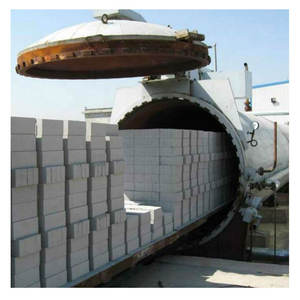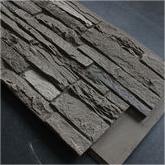Concrete is a versatile material used extensively in construction due to its strength, durability, and ability to be customized with various additives and admixtures. These substances enhance the properties of concrete beyond its inherent characteristics, offering solutions for specific needs and challenges. Here’s an overview of some key additives and admixtures that significantly impact the performance of concrete.
(Beyond the Basics: Other Additives and Admixtures in Concrete)
1. **Admixture Additives**: These include plasticizers, retarders, accelerators, and air entraining agents. Plasticizers reduce water demand, improving workability without compromising strength. Retarders slow down hydration, beneficial for large pours where uniform setting is crucial. Accelerators speed up the curing process, ideal for cold weather or fast-track construction projects. Air entraining agents introduce microscopic air bubbles into the mix, enhancing resistance against freeze-thaw cycles and improving durability.
2. **Fibers**: Adding synthetic or natural fibers (like steel, glass, carbon, or cellulose) to concrete enhances its tensile strength and ductility. This reduces the likelihood of cracking under tension, making structures more resilient.
3. **Microsilica**: A fine powder of amorphous silica, microsilica fills the voids within concrete, improving its compressive strength, reducing permeability, and accelerating early strength gain. It’s particularly useful in high-strength concrete applications.
4. **Fly Ash and Ground Granulated Blast Furnace Slag (GGBFS)**: These are pozzolanic materials that react with calcium hydroxide in concrete to form calcium silicate hydrates, enhancing durability and reducing the need for Portland cement. They also improve workability and can lower the heat of hydration.
5. **Calcium Chloride and Sodium Sulfate**: These chemicals can be used as de-icing agents but must be used with caution as they can cause corrosion of steel reinforcement and increase the risk of alkali-silica reaction, leading to concrete expansion and cracking.
6. **Polymer-based Additives**: These include resins, elastomers, and polyurethanes, which can be added to concrete to improve its flexibility, waterproofing capabilities, and chemical resistance. Polymer-modified concretes are increasingly popular in modern construction for their enhanced performance.
7. **Densifiers**: Used in the surface treatment of concrete, densifiers penetrate the pores and chemically react with the concrete to harden the surface, improving abrasion resistance and protecting against water ingress.
8. **Nano Additives**: These include nanoparticles of materials like graphene, carbon nanotubes, and metal oxides. They can significantly improve concrete’s mechanical properties, such as strength, toughness, and conductivity, at very low concentrations.
(Beyond the Basics: Other Additives and Admixtures in Concrete)
Incorporating these additives and admixtures requires careful consideration of their compatibility with the base concrete mix, potential interactions with other materials, and adherence to safety protocols. The selection of appropriate materials depends on the specific requirements of the project, such as environmental conditions, structural demands, and cost considerations. Proper testing and quality control are essential to ensure that the final product meets the desired specifications and performs reliably over time.
Inquiry us
if you want to want to know more, please feel free to contact us. (nanotrun@yahoo.com)

